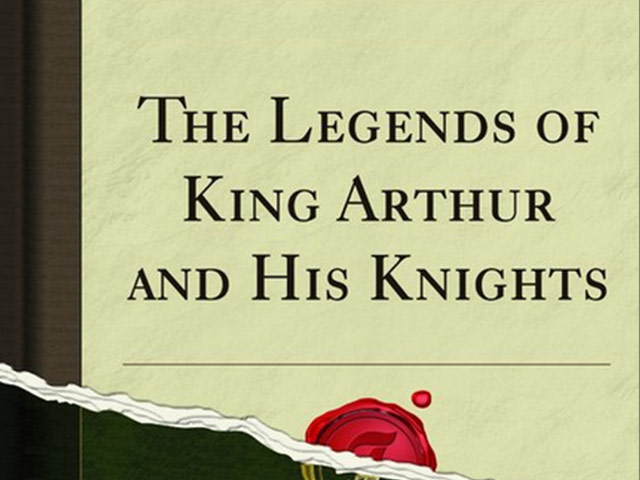<
The Struggle Of King Arthur And Mordred
